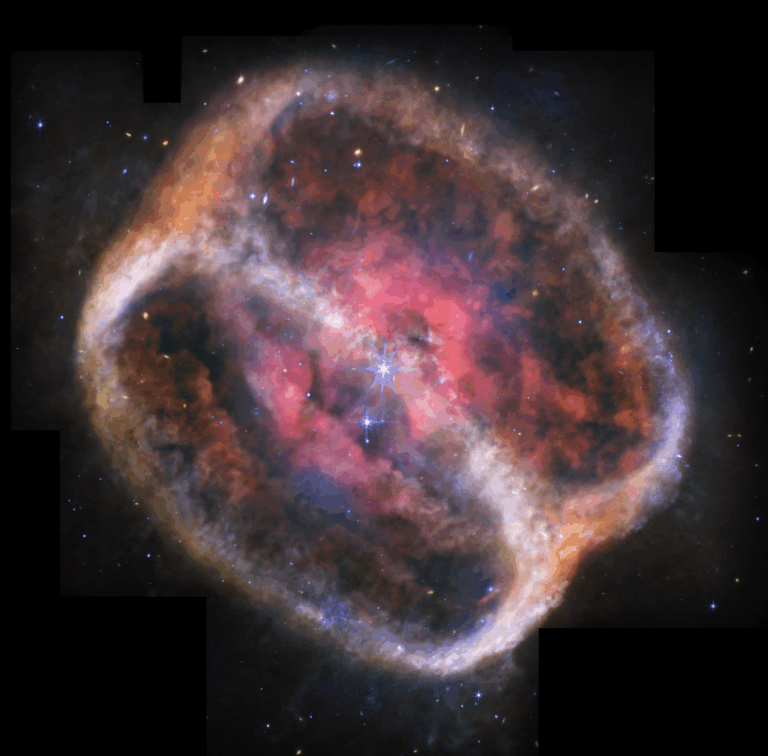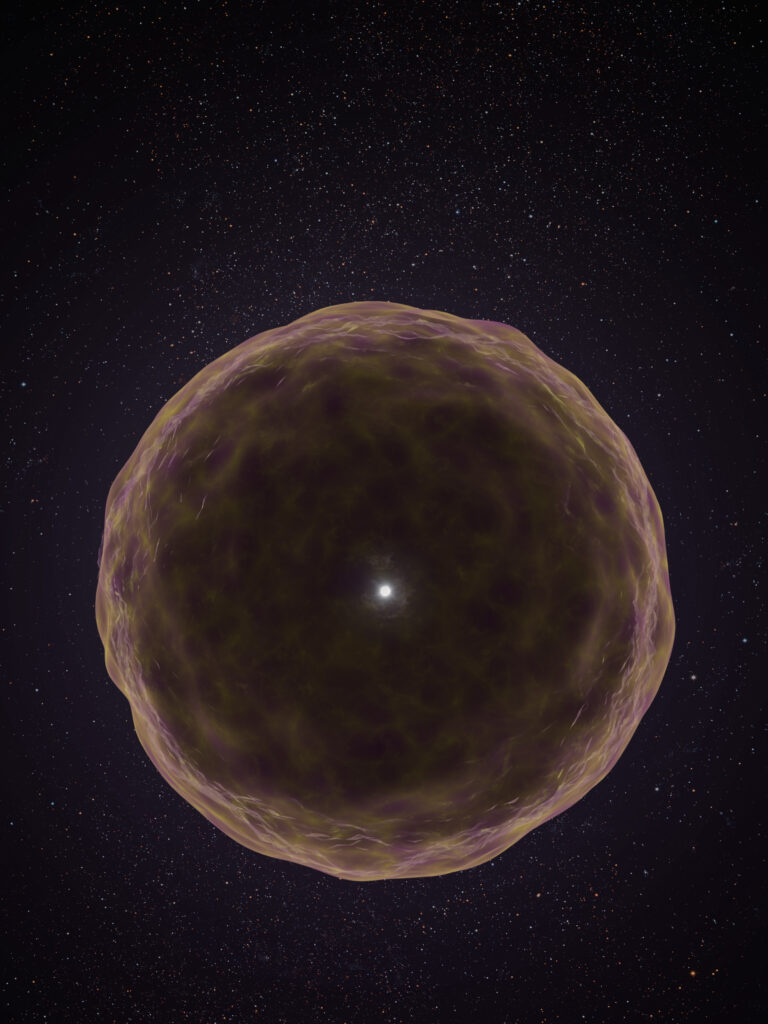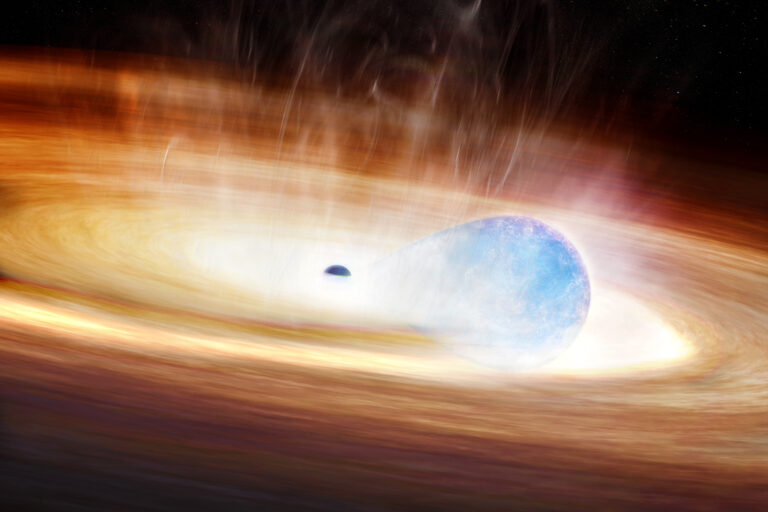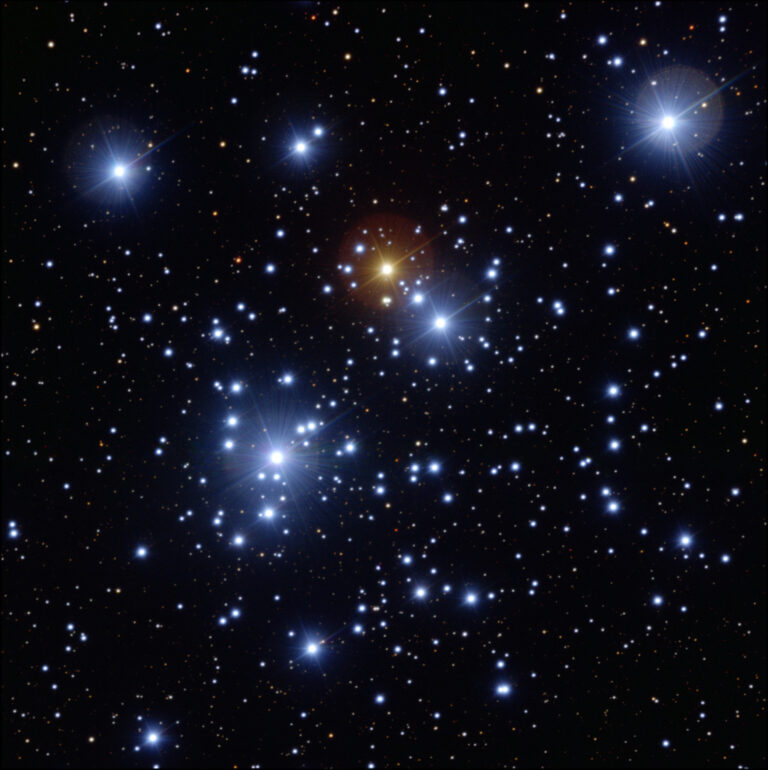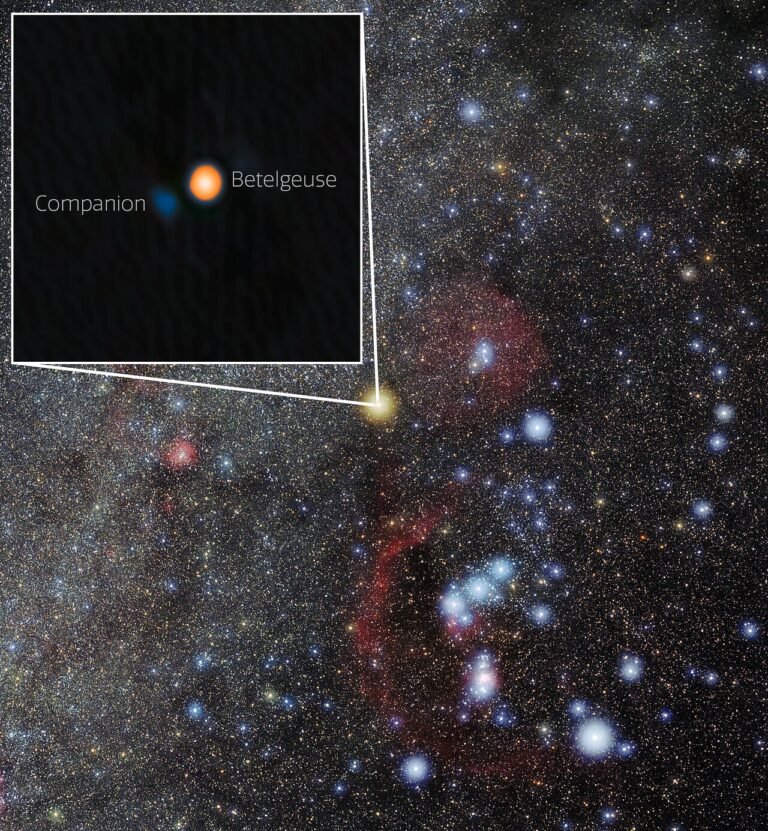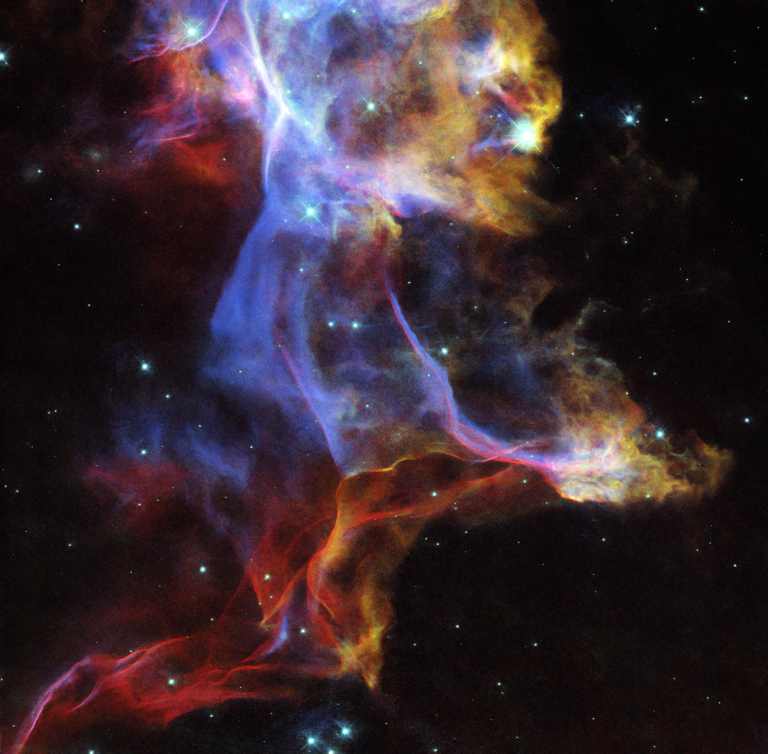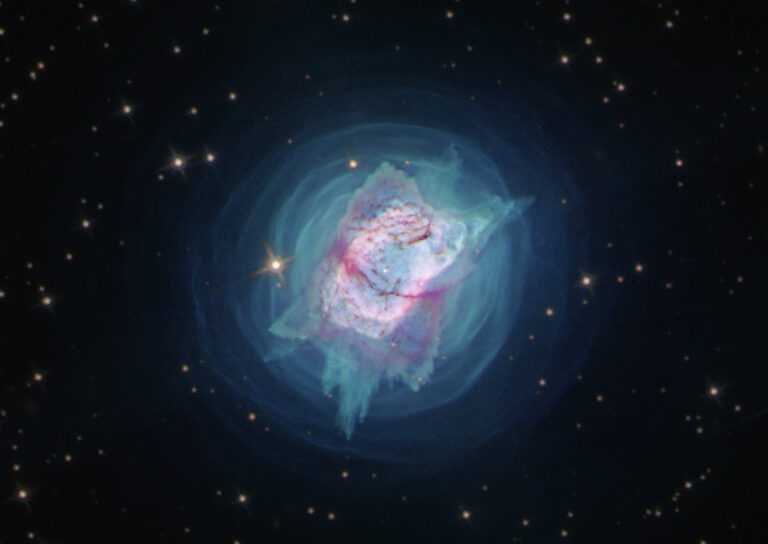
Key Takeaways:
Getting to know Laura Danly
Laura Danly is Curator of Griffith Observatory in Los Angeles.
How did you become involved in public education?
For most of my early career, I followed the path of a “normal” astronomer. I majored in physics in college, I went to graduate school and got a Ph.D. in astronomy, and then I was a post-doc and finally a staff astronomer at the Space Telescope Science Institute (STScI) in Baltimore. But through all that, I was very interested in public education and did as much of it as I could in my spare time.
Around the time of the first servicing mission to the Hubble Space Telescope — the one that fixed the telescope’s spherical aberration — NASA made the commitment to engage in public education and expanded its public outreach activities at STScI in a big way. I was fortunate enough to be the first Project Scientist for Education at STScI, and from that point on, I always had a job that included astronomy education.
I had a joint appointment at the Denver Museum of Nature and Science and the University of Denver doing research, teaching, and being involved in public education. That was hard. It was like having two jobs.
After that, I gave up my research life and focused entirely on astronomy education, first as the head of astronomy education at the American Museum of Natural History and now as the Curator of Griffith Observatory.
What does your job entail?
As Curator, I am responsible for all the public, educational, and astronomical programming at Griffith Observatory. We have three planetarium shows in the Samuel Oschin Planetarium. We have lectures, demonstration programs, and a video program running in the Leonard Nimoy Event Horizon Theater. We open the historic 1935 Zeiss 12-inch refracting telescope to the public every night, as well as several smaller telescopes on the lawn. And we have three floors of exhibit space. All of these programs are facilitated by interpretive staff, so in addition to the creative aspects of the job, I have a huge chunk of management responsibility for a full- and part-time staff of about 120.
Lastly, also in my department are the production (graphics and animation) studios, so I have learned an enormous amount about production. I love that part! I have a fantastic staff, and we all have a wonderful time doing all this together. The staff is small, but in that way it is also very efficient. Our offices are all within about 50 of each another, so there are few scheduled meetings, but lots of hallway and office conversations.
Our turn with John Mather
John Mather is the senior project scientist for the James Webb Space Telescope (JWST) at NASA’s Goddard Space Flight Center and a 2006 Nobel Laureate in Physics for his work with NASA’s Cosmic Microwave Background Explorer (COBE).
What is your ultimate goal for the James Webb Space Telescope (JWST)?
Short answer: Get it up and working! The scientific questions for the JWST have been organized into four categories by the scientific teams.
First, what were the first objects that formed after the Big Bang? We have many theoretical predictions and simulations that suggest that the first objects were individual massive stars, say 30 to 300 times the mass of the Sun. These stars would have burned out in about 3 million years each and exploded as supernovae, possibly leaving behind black holes as remnants. Finding some sign of these first objects is one of the most difficult of the goals.
Second, how do galaxies evolve? Is it true that they evolve primarily by colliding and merging with other galaxies, or are other forces at work? In particular, what is the role of supermassive black holes? We find one at the center of almost every massive galaxy now. Did the galaxies form around the black holes, or did the galaxies make the black holes? When galaxies merge, what happens to their supermassive black holes?
Third, how do stars and planetary systems form? We have decades of observations and theoretical analyses, but still we do not understand this fundamental process. The objects in question form in cold, dusty regions where observations are difficult to impossible. The JWST will observe wavelengths from 0.6 to almost 29 micrometers, so it will respond to thermal emissions from protostellar objects through a part of their formation. In addition, the longer infrared wavelengths pass through the obscuring dust clouds. Combining sensitivity and large aperture, JWST should enable great progress in this area.
Fourth, the JWST will examine planetary systems, ranging from our solar system to the many recently discovered exoplanets. This will help us understand the ways in which planetary systems evolve with time and enable environments where life could exist. If we are especially fortunate, a nearby small star with a large version of Earth will be discovered by the transit technique, and we will be able to learn about the chemistry of the atmosphere of such a planet.

